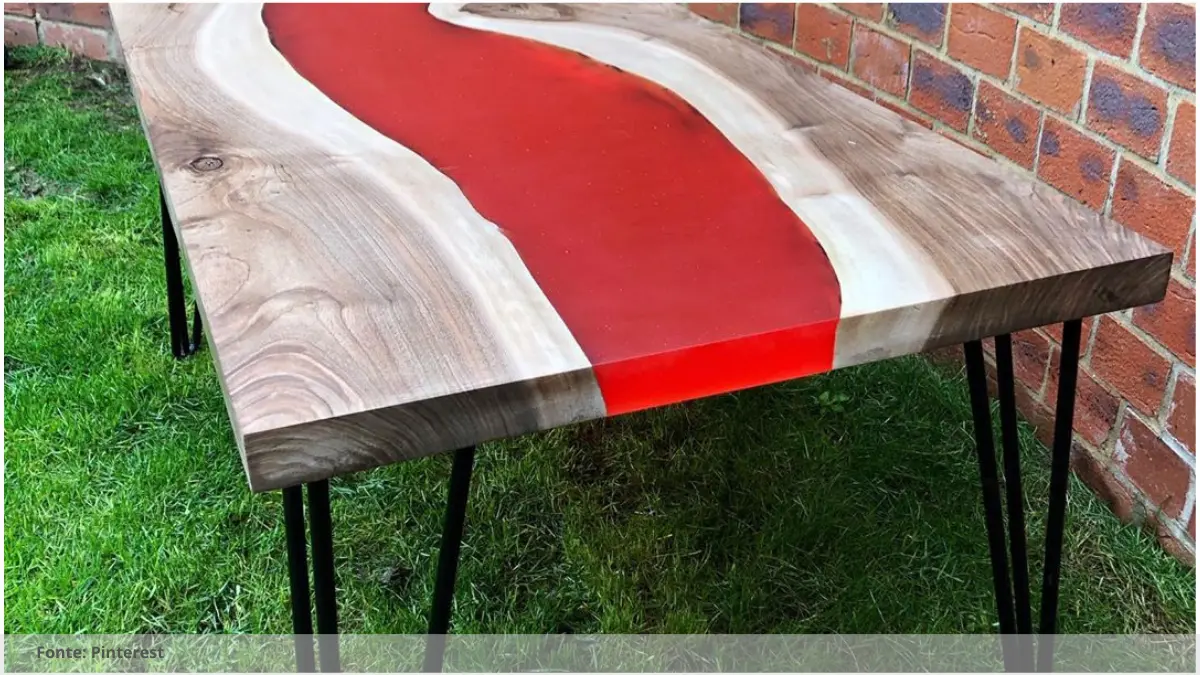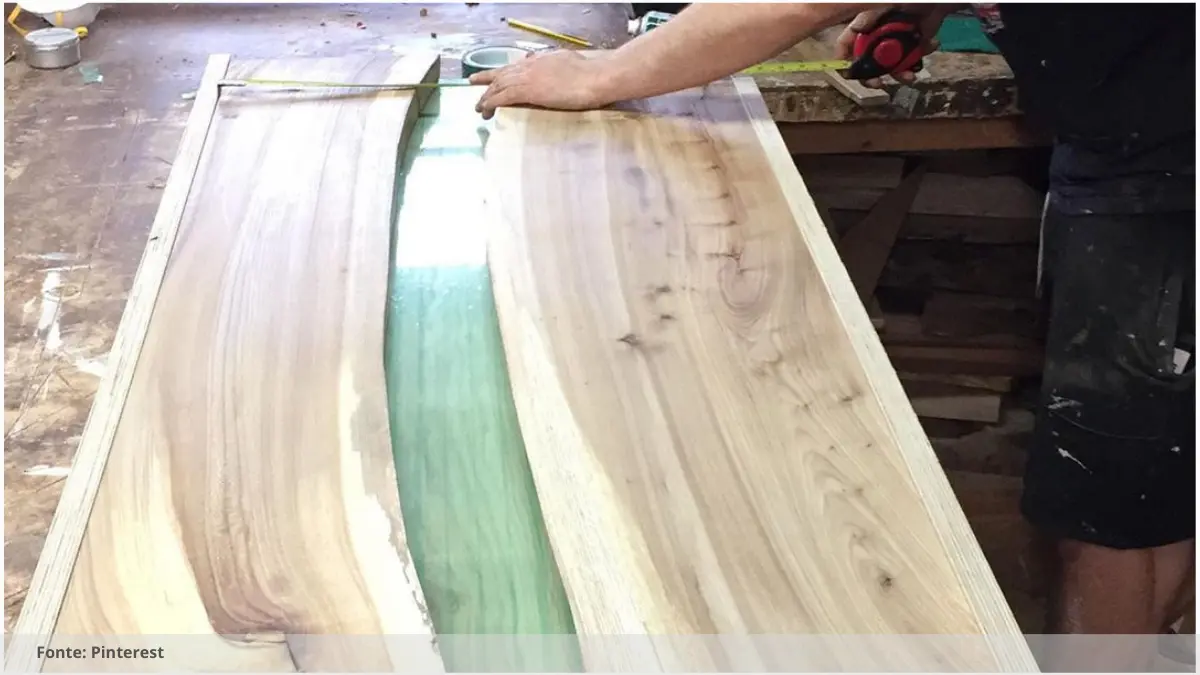
Resin Epoxy Clock: A Guide to Creating Stunning Timepieces
Resin epoxy clock
Creating a resin epoxy clock can be a fun and rewarding DIY project. By using resin epoxy, you can create a stunning timepiece that will be the focal point of any room. The possibilities are endless when it comes to designing and creating your own resin epoxy clock.
Gather your materials
Before you begin creating your resin epoxy clock, make sure you have all the necessary materials. This includes a clock mechanism, resin epoxy, a mold, pigment dye, mixing tools, and any decorations or embellishments you want to add to your clock.
Prepare your workspace
Creating a resin epoxy clock can be a messy process, so it’s important to prepare your workspace before you begin. Cover your work surface with a plastic drop cloth or disposable tablecloth to protect it from spills and drips. Make sure you have good ventilation in the room, as resin epoxy can have a strong odor.
Mix and pour the resin
Once you have gathered your materials and prepared your workspace, it’s time to mix and pour the resin. Follow the instructions on the resin epoxy packaging carefully to ensure proper mixing proportions. Add any pigment dye or embellishments to the resin mixture before pouring it into the mold.
Add the clock mechanism
After the resin has cured and hardened, it’s time to add the clock mechanism to your epoxy clock. Carefully drill a hole in the center of the clock face to insert the clock mechanism. Follow the instructions that came with the clock mechanism for proper installation.
Decorate and display your clock
Once the clock mechanism is securely in place, you can decorate your resin epoxy clock however you like. Add numbers, markers, or other decorative elements to the clock face. Once your clock is complete, find the perfect spot to display it in your home and enjoy your stunning resin epoxy creation.
Read the Recent Articles of the Day by Clicking Here!
One important suggestion for creating stunning resin epoxy clocks is to carefully plan out your design before starting the project. Consider the colors and materials you want to use, as well as any additional elements like photos or embellishments. By having a clear vision of your final product, you can ensure that all the components work together harmoniously and create a truly unique and beautiful timepiece.
Additionally, it’s important to take your time during the resin epoxy pouring process to avoid any bubbles or imperfections in the final clock. Follow the instructions carefully and make sure to mix the resin thoroughly before pouring it into the mold. You may also want to consider using a heat gun or torch to help remove any bubbles that do form.
Lastly, don’t be afraid to experiment and try new techniques with your resin epoxy clock. Whether it’s adding metallic powders for a shimmering effect or incorporating dried flowers for a natural touch, there are endless ways to customize your clock and make it your own. Have fun with the process and let your creativity shine through in the finished product.

Frequently Asked Questions: Resin epoxy clock
What materials do I need to make a resin clock?
To make a resin clock, you will need resin, a clock mechanism, clock hands, a clock face template, mixing cups, stirring sticks, pigment dye, and optional embellishments like glitter or beads.
Can I customize the colors and design of the clock?
Yes, you can customize the colors and design of the clock. Most clocks have options for different color schemes and styles to choose from.
How long does it take for the epoxy to cure?
The curing time for epoxy can vary based on the type and brand, but typically it takes 24-72 hours to fully cure. Factors like temperature and humidity can also affect curing time.
Are epoxy clocks durable and long-lasting?
Yes, epoxy clocks are generally durable and long-lasting due to the strong and protective nature of the epoxy resin material used in their construction.
So, what do you think about this subject? Share your opinion in the comments and let’s continue discussing together!


